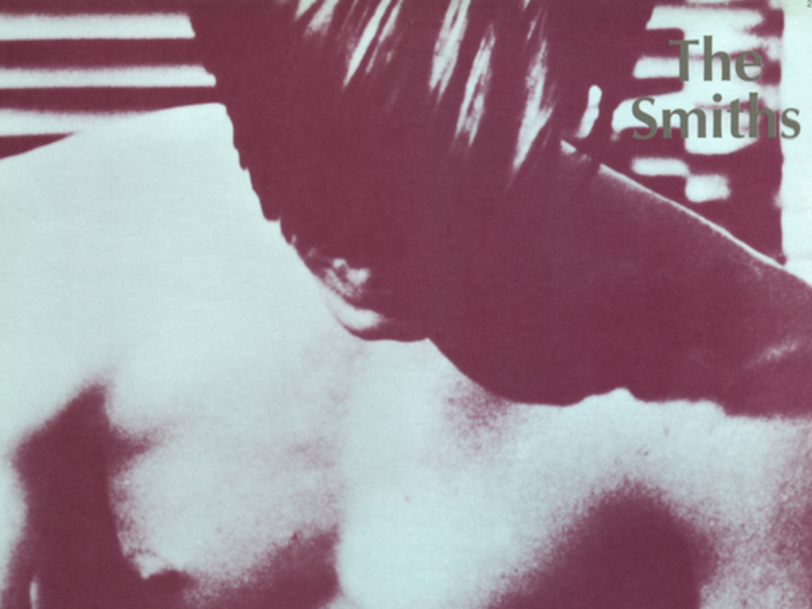The old adage may insist “you had to be there”, but if you want to experience the buzz building around The Smiths in their early days, it’s still possible to do so. Footage of the band’s rapturously-received performance from the Derby Assembly Rooms in December 1983 exists on YouTube, recapturing the ecstatic vibe many fans felt in the run-up to the release of The Smiths’ debut album.
Listen to The Smiths’ debut album, here.
“The Smiths will become giants”
Before checking it out, it’s important to remember the fast-rising Mancunian four-piece had released just two singles at that point, with the second, This Charming Man, having only recently cracked the UK Top 30. Yet the Derby gig (filmed for an Old Grey Whistle Test special) captures The Smiths as they’re about to go supernova. Bouquets of flowers land at their feet during This Charming Man; a besotted teenage boy leaps onstage and almost hugs Morrissey to death during Hand In Glove; the frantic encore of You’ve Got Everything Now ends in a full-on stage invasion with Morrissey pulled to the floor by adoring fans.
Reminiscent of Beatlemania, the live footage reveals that fatal fame was already there for The Smiths’ taking. In fact, the level of anticipation remained so high that The Smiths’ self-titled debut album shot straight to No.2 on the UK album charts when it was released on 20 February 1984. However, while the chart positions and subsequent gold disc speak for themselves, fans initially felt an unexpected air of anti-climax.
- The Smiths’ Debut Album: A Track-By-Track Guide To Every Song
- The Smiths Artworks: All 27 Album And Single Covers, Ranked And Reviewed
- What Difference Does It Make?: Behind The Smiths’ First Major Hit Single
In retrospect, some of the criticism seems unjust. Though that same year’s Hatful Of Hollow compilation arguably saw the band record definitive takes of several of their debut album’s songs for during BBC sessions, the record contained plenty of magic, and it sounded admirably consistent bearing in mind it was put together piecemeal from sessions held during breaks in the band’s autumn 1983 UK tour.
Overseen by former Teardrop Explodes guitarist Troy Tate, aborted initial sessions for The Smiths’ debut album actually took place at London’s Elephant Studios during the summer of 1983. As the withdrawn single version of Reel Around The Fountain, the alternate, cello-enhanced take of Pretty Girls Make Graves (later released on the 2008 compilation The Sound Of The Smiths) and popular B-side Jeane later proved, these sessions weren’t without merit, but both the band and Rough Trade were largely unhappy with the results. However, after The Smiths enlisted ex-Bryan Ferry producer John Porter to oversee This Charming Man, the band accepted his offer to re-record their debut album from scratch.




